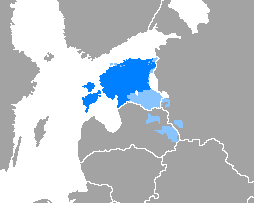
Estonian is a Uralic language belonging to the Finnic branch of the family and the official language of Estonia. It is written in the Latin script and is the first language of the majority of the country's population; it is also an official language of the European Union. Estonian is spoken natively by about 1.1 million people: 922,000 people in Estonia and 160,000 elsewhere.
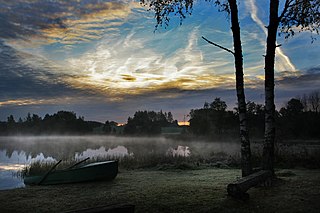
Võru County is a county in southern Estonia. It is bordered by Valga and Põlva counties, Latvia's Alūksne and Ape municipalities, and Russia's Pskov Oblast.

Võro is the language of South Estonia, belonging to the Finnic branch of the Uralic language family. Governmentally, it has been considered a dialect of the Estonian language along with all varieties of South Estonian. However, many linguists consider South Estonian to be an independent Finnic language. It has its own literary standard and efforts have been undertaken to seek official recognition as an indigenous regional language of Estonia. Võro has roughly 75,000 speakers (Võros), mostly in southeastern Estonia, in the eight parishes of the historical Võru County: Karula, Harglõ, Urvastõ, Rõugõ, Kanepi, Põlva, Räpinä and Vahtsõliina. These parishes are currently centred in Võru and Põlva counties, with parts extending into Valga and Tartu counties. Speakers can also be found in the cities of Tallinn and Tartu and the rest of Estonia.

Setos are an indigenous Finnic peoples and linguistic minority that have historically lived in the borderlands between modern day Estonia and Russia. Setos have historically spoken the Seto language and been Orthodox Christians. The Seto language belongs to the Finnic group of the Uralic language family. Since the early 2000s, the Setos have sought greater recognition, rather than having their language considered a dialect of Estonian. Eastern Orthodox Christianity, with influences from local folk religions is widely practiced by the Seto peoples.

Võru is a town and a municipality in south-eastern Estonia. It is the capital of Võru County and the centre of Võru Parish.

Setomaa is a region south of Lake Peipus and traditionally inhabited by the Seto people. The Seto dialect is a variety of South Estonian. The historic range of Setomaa is located in the territories of present-day Estonia and Russia. Estonian Setomaa presently consists of lands in Võru County located in southeastern Estonia and bordering Russia. Petseri has been the historic and cultural centre for the Setos.
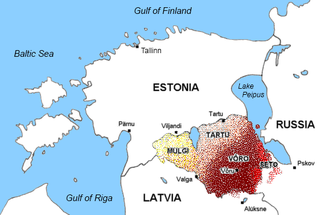
Seto is a dialect of South Estonian spoken by 12,549 people. It is sometimes identified as a variety under Võro, or the two are described as Võro-Seto. Setos mostly inhabit the area near Estonia's southeastern border with Russia in Setomaa, and are primarily Eastern Orthodox, while Võros are traditionally Lutherans and live in historical Võru County.
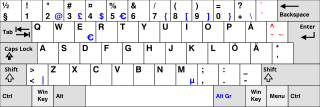
The two main official languages of Finland are Finnish and Swedish. There are also several official minority languages: three variants of Sami, as well as Romani, Finnish Sign Language, Finland-Swedish Sign Language and Karelian.

Võro Institute is an Estonian state research and development institution dedicated to the preservation and promotion of the Võro language and culture.

The Ludza Estonians are a group of ethnic Estonians living in and around Ludza, south-eastern Latvia.
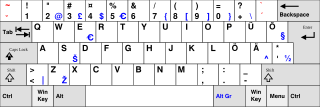
The official language of Estonia is Estonian, a Uralic language of the Finnic branch, which is related to Finnish. It is unrelated to the bordering Russian and Latvian languages, both of which are Indo-European.

South Estonian is either a Finnic language or an Estonian dialect, spoken in south-eastern Estonia, encompassing the Tartu, Mulgi, Võro and Seto varieties. There is no academic consensus on its status as a dialect or language. Diachronically speaking, North and South Estonian are separate branches of the Finnic languages.
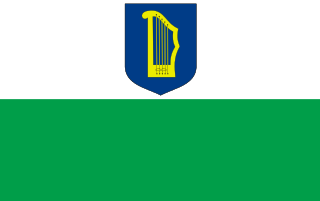
Petseri County was a county of Estonia established in 1918. Since 1944, however, most of the county has been administered as Pechorsky District of Pskov Oblast, first by the Russian SFSR and then, from 1991, by Russia. Estonia retains territories that today constitute Setomaa Parish in modern Võru County.

Artur Adson was an Estonian poet, writer and theatre critic.
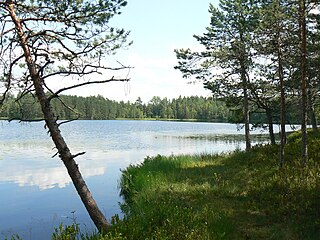
Meremäe Parish was a rural municipality of Estonia, in Võru County. It had a population of 1,140 and an area of 131.97 km2.

Saatse is a village in Setomaa Parish, Võru County in southeastern Estonia. It has a population of 89.

Ulaskova is a village in Setomaa Parish, Võru County in Estonia.

The Ludza dialect or Lutsi is a dialect of South Estonian that was spoken in Latvia by the Ludza Estonians near the town of Ludza in Latvia. Ludza is the most similar to the Seto dialect of South Estonian. The Ludza dialect has been on a decline and is now extinct. It was estimated that around 800 people spoke Ludza in 1894, and by 1936 this number had decreased to only around 30 to 40 people. The last native speaker of the Ludza dialect was Nikolājs Nikonovs, who was from the village of Lielie Tjapši. He died in 2006, but some people still have limited knowledge of the dialect. The last knowledgeable language user with passive knowledge, Antonīna Nikonova, died later in 2014.

The Leivu dialect is an extinct dialect of South Estonian that was spoken in North Latvia around the Gauja river by the Gauja Estonians. It became extinct in 1988 when the last speaker Anton Bok (1908–1988) died. However there are many recordings of the dialect. The Leivu dialect most closely resembles the Hargla sub-dialect of Võro but was influenced by the Latvian language and possibly even Livonian. In the year 1782, the dialect was spoken by thousands of people, in 1849 around 2600 knew the dialect and in 1935 only about 131 knew or spoke it. In 1911, Finnish linguist Heikki Ojansuu went to document the Leivu dialect along with the Ludza and Kraasna dialects.
















